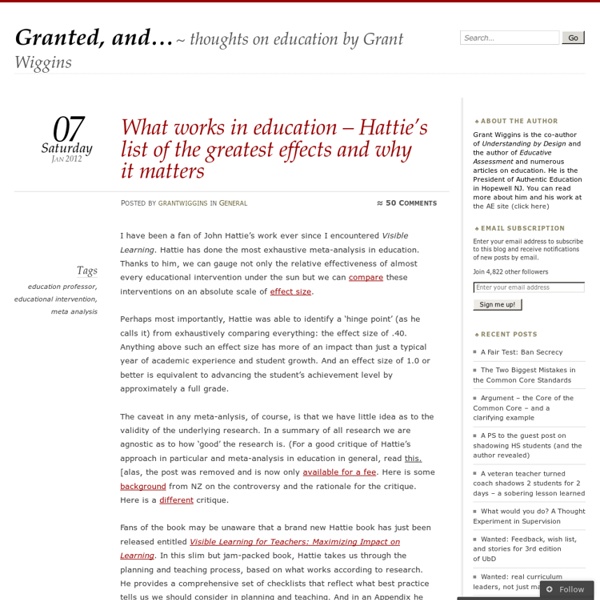Debate educativo en base a las evidencias
El debate educativo en España no destaca precisamente por su calidad. La mayoría de los análisis en la prensa suelen estar basados en meras opiniones personales y evidencia anecdótica y, en el mejor de los casos, en una interpretación del informe PISA que considera casi exclusivamente el ranking por países. Es cierto que España no ocupa un lugar destacado, pero nuestro objetivo en esta entrada será tratar de convencer al lector de que un análisis adecuado de los datos indica que el sistema educativo español no es un desastre ni mucho menos y que en algunos aspectos está incluso por encima de la media de la OCDE. Para acabar insistiremos en la necesidad de una legislación y unas prácticas educativas en base a la evidencia. Empecemos por el principio: ¿Qué es y qué mide PISA? Casi nadie duda de la robustez de la metodología de PISA y ni siquiera de sus resultados. Los resultados de España Interpretación o de estadísticamente significativo y otras hierbas La inercia de la historia
Making Thinking Visible – Headlines Routine
Project Zero, an educational research group at Harvard’s Graduate School of Education, has been working to enhance student learning, thinking and creativity since the 1960s. Founded by the philosopher Nelson Goodman it’s impacted global education and been guided by such education luminaries as Howard Gardner and David Perkins. Utilizing it’s core concepts and adding a dash of Socrative will bolster student reflection, critical thinking, and creativity while developing independent learners for the 21st century. Let’s Dig In! What are Visible Thinking Routines? At the core of Visible Thinking are practices that help make thinking visible:Thinking Routines loosely guide learners’ thought processes and encourage active processing. Visible Thinking Routine 1 – HEADLINES This routine draws on the idea of newspaper-type headlines as a vehicle for summing up and capturing the essence of an event, idea, concept, topic, etc. Activity Flow with Socrative
Visible Learning Archives
Welcome to the second day of the Visible Learning World Conference in London. We’ll keep you updated with live impressions from the conference. For real-time updates make sure to follow the #VLWorld2016 hashtag on Twitter. Conference organizers Osiris Educational Panel discussion with Andy… The Visible Learning World Conference 2016 took place in (surprisingly sunny) London. Here are some live impressions from the conference. Recently, John Hattie’s two books Visible Learning and Visible Learning for Teachers have been translated into Chinese. “Improving Schools through Visible Learning: Research, Practice and Impact”. Tagged with: Andy Hargreaves, Barry Hymer, Craig Parkinson, David Hopkins, Deb Masters, Guy Claxton, Helen Butler, James Nottingham, John Hattie, Mick Waters, Shirley Clarke, Tony MacKay, Visible Learning, Visible Learning into Action, Visible Learning World Conference Posted in Visible Learning
John Hattie's Eight Mind Frames For Teachers
“Hattie’s 8 Mind frames”. Video scribe project by Cheryl Reynolds. In Visible Learning for Teachers (p. 159 ff) John Hattie claims that “the major argument in this book underlying powerful impacts in our schools relates to how we think! During the summer holidays we stumbled upon a great video made by Cheryl Reynolds, a senior lecturer at the University of Huddersfield. My fundamental task is to evaluate the effect of my teaching on students’ learning and achievement.The success and failure of my students’ learning is about what I do or don’t do. Tagged with: 8 mind frames, Cheryl Reynolds, eight mind frames, John Hattie, mind frames, mind frames for teachers, mindframes, videoscribe, Visible Learning, Visible Learning for Teachers Posted in Infographic, Infographics, Videos, Visible Learning



